THE Mawhood brothers aren’t butchers, bakers or candlestick makers. The owner-operators of Sunny Point Pastoral Company and Mawhood Bros supermarkets are, however, an accountant, a supermarket manager, a machinist and a mechanic.
Warwick, Ian, Mark and Glen Mawhood have the ultimate paddock-to-plate operation, taking their Sunny Point Beef brand from conception to customer. And it is a system that has improved outcomes in their enterprise, from animal welfare to profit margins, according to Mark.
With brother Glen, he runs a 600-head cattle herd in Oberon, which supplies beef to supermarkets run by brothers Warwick and Ian. The result? What many modern consumers are looking for – a quality locally- grown product on offer at their closest grocery store.
The Mawhood brothers entered their Angus steers in the inaugural Beef Spectacular Feedback trial 11 years ago and, after receiving accolades for their carcases, they launched their branded beef business.
“From that we decided we were under-utilising our beef,” says Mark. “So we started supplying two a fortnight to the local Barker’s Butchery, which then supplied our grocery store, to see how we handled it. As things progressed, we’ve increased the numbers.”
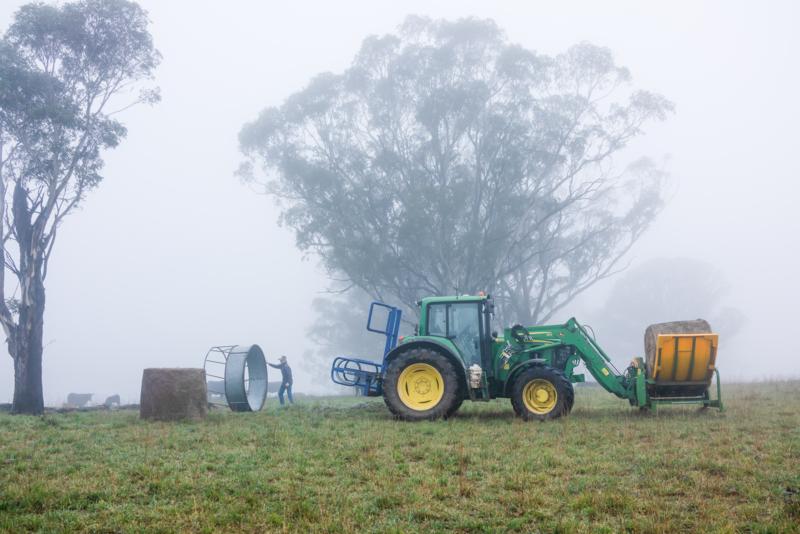 The brothers’ nephew Jake Mawhood helps on the farm, feeding out a round bale mix of ryegrass and clover, or peas and oats.
The brothers’ nephew Jake Mawhood helps on the farm, feeding out a round bale mix of ryegrass and clover, or peas and oats.
Those Angus carcases now supply stores owned by the family – the Oberon, Grenfell and Cootamundra Supa IGA and IGA stores – as well as IGAs in Bathurst and Orange. The Mawhood beef operation processes and sells 10 to 11 carcases a week.
RELATED ARTICLES:
Family run sustainable paddock-to-plate business tastes good
Out of the box farming approach creates brand value
Clever beef farmers create innovative market for bone broth
“It means we are taking the cream out every week – instead of having a high and low of each mob – and we control the whole supply,” says Mark. “And it has helped create steady, year-round cashflow instead of our selling big lots and having a lot of money then nothing for months.”
The cattle are processed at Breakout River Meats in Cowra, transported there by Mawhood family members themselves. Mark says by following the entire supply chain, the family is making the maximum return out of every animal.
.jpg) Glen weighing the cattle on their farm in Oberon.
Glen weighing the cattle on their farm in Oberon.
“We don’t have as many issues with out-of-specification cattle [underweight, overweight, wrong fat cover] because we cart them to Cowra ourselves, handling them calmly all the way. The customer feedback has been really good, which is why we keep going with it,” he says.
“We could supply more, but we are worried about losing our consistent and quality product, so, at the minute, we are happy where we are – but we are always working on the brand.”
Meeting Australian customer beef demand
They use feedback from the five butchers they supply – with carcases delivered in quarters to each outlet by processor
Breakout River Meats – to ensure fat, weight and portion size ratios are meeting customers’ needs.
And they will buy in trade cattle through agents, saleyards or auctions well in advance if they see either a supply shortage of beef approaching, or have an oversupply of feed, with any excess stock turned off through alternative markets, such as Woolworths or Coles.
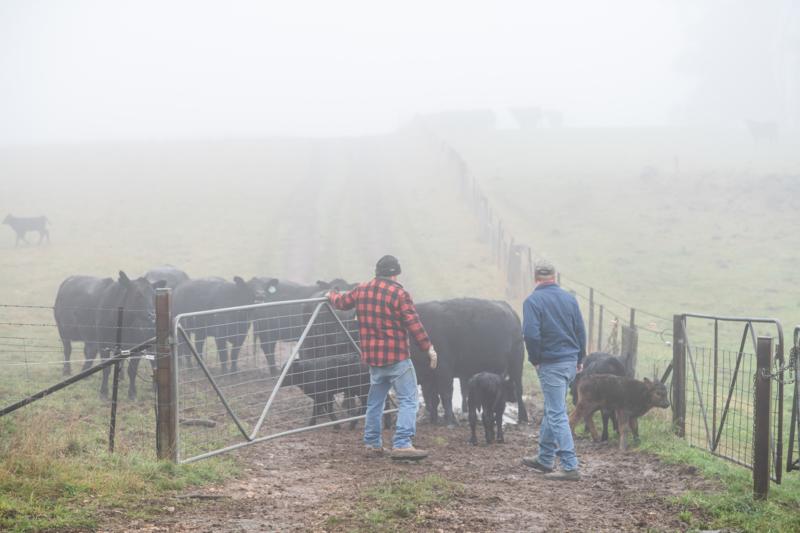 Mark and Glen move their Angus Cows and Calves.
Mark and Glen move their Angus Cows and Calves.
Third-generation farmers, the Mawhood brothers began with a 200-hectare block. That grew in 2010 and again in 2015 as they acquired neighbouring properties and they now farm 880ha via Oberon, including the branded beef’s namesake farm, Sunny Point.
With a 920mm average rainfall, their 600 Angus cows are usually run at 15 dry sheep equivalent (DSE) per hectare. This dropped to 12DSE before some drought-relieving rain fell in the autumn, and is currently sitting at about 13DSE.
The farm is managed through the assistance of both an animal nutritionist and an agronomist to ensure their improved pastures are not overstocked, and any supplementary feeding is done as efficiently as possible. That long-term outlook on feed availability – and some good advice from their grandfather – mean supply has continued to the supermarkets from Sunny Point throughout the extended dry period of the past few years.
“Our grandfather used to tell us that if your hay sheds are full of hay, then make more hay,” says Mark. “We didn’t have to buy in any hay or silage and, at the end of last year, we still had some to use, so that really got us through. Then we got lucky and got a [rain]break in the spring and made a lot of hay and silage to build everything back up.”
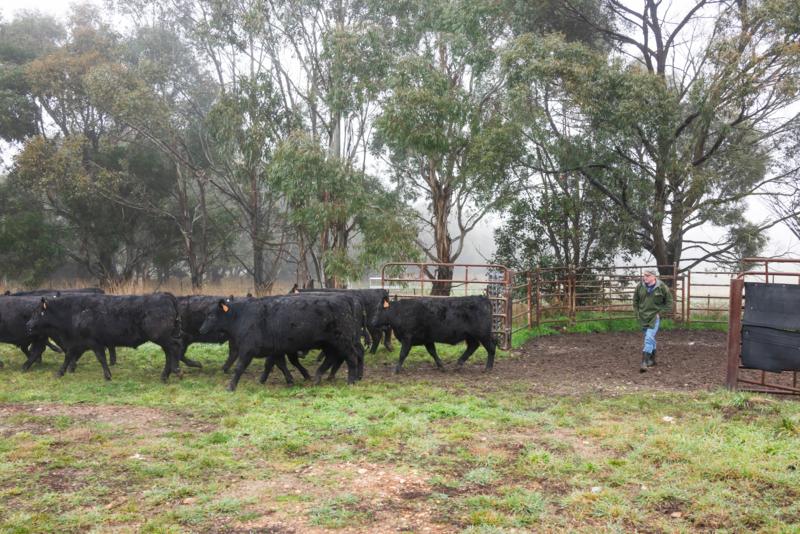 Mark moving the steers.
Smart cattle herd management ensures consistent supply
Mark moving the steers.
Smart cattle herd management ensures consistent supply
As well as maintaining a consistent supply through the drought, the Mawhoods have also not taken their eye off the ball when it comes to the breeding herd and future supply. The Bongongo and Millah Murrah-blood herd joins at more than 90% in an average year and is purposefully kept young, with the older generations offloaded to make room for heifers.
“We have moderate-size cattle that are early maturing, as we are trying to turn them off finished weighing 440kg at 12 months of age,” says Mark. “We artificially inseminate (AI) the heifers – this year that will be 140 – and some cows, while the rest are joined naturally.
“We get access to the best genetics by using AI and for management we are calving within two weeks. We are marking heifers’ calves now [in June] while the other cows are still calving, so we can mark them, get them out onto the best feed, and get them underway – then they have a longer time to recover to get back into calf.
“And we have a spring and autumn calving to try to keep a line coming into the shops – originally we had it all in one calving to supply a weaner sale, but now we need supply all year round.”
Both the spring and autumn calving mobs have their calves yard-weaned at six months of age, before being put out on either a cereal crop or improved pastures of ryegrass and clover.
.jpg) Angus steers in the early morning fog on the farm.
Angus steers in the early morning fog on the farm.
“As they are closer to processing, we supplementary-feed them in the paddock on corn and lupins to keep a consistent product all year round – they receive about 3kg a day for the last one to three months,” says Mark.
The quality of the Mawhoods’ beef was further assured last year, when one of their steers was prepared by the Scots School at Bathurst (now Scots All Saints College) and presented at the Sydney Royal Easter Show steer competition.
“It won grand champion virtual taste test carcase, which is the highest MSA [
Meat Standards Australia] graded steer,” says Ian. “This year we followed it up with a carcase that won first place in its virtual taste competition class, and we had another steer win a bronze medal in the carcase competition.”
RELATED: From paddock to Asia, the brand smashing the supply chain
Ian says this success two years running demonstrated their ability to produce a consistent, high-quality product, regardless of seasonal conditions. “We can see the benefit of promoting the point of difference of having a quality consistent product. That’s what you get for having full control of the system,” he says.
While Mark admits selling their beef direct through their supermarkets has increased the on-farm workload, he says the pros far outweigh the cons.
“The supermarkets have definitely helped – we are just in control of where our meat goes and what price we get – more so than other avenues, anyway.”
“But it is a lot more work. Feeding and drafting and weighing, plus you have got to carry more cattle through difficult periods to keep the market going – we could have offloaded more, otherwise.”
Farm management software tools have played a crucial role on-farm, says Mark, allowing all four brothers to remain informed about farm operations. “Plus the accountant doesn’t need to call, they can just see where things are at.”
The cattle are weighed regularly and their growth performance is used to judge both the breeding herd and those that are purchased off farm. This allows the brothers to return to buying genetics or cattle from certain breeders and areas, knowing they perform well.
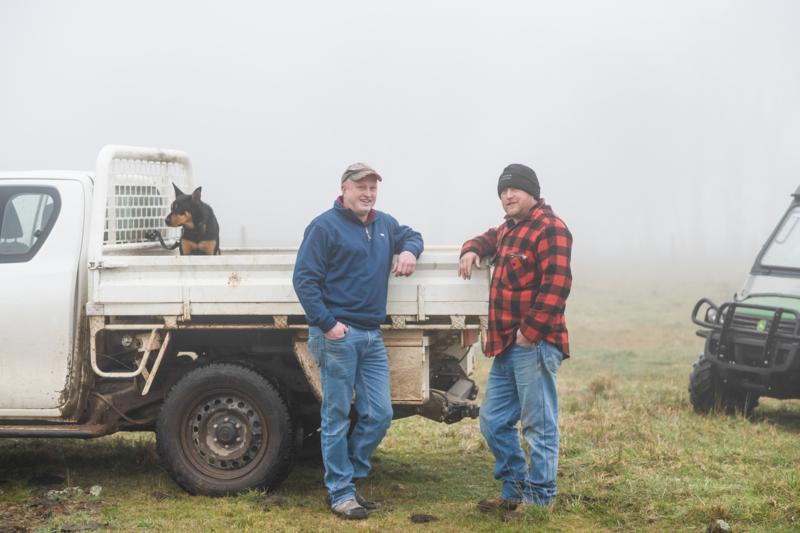 Mark and Glen, joined by kelpie Roger, check on the livestock.
Mark and Glen, joined by kelpie Roger, check on the livestock.
Working together as a family has been a crucial element of the Mawhood brothers’ success, according to Mark. With each member of the family responsible for their own areas of the business, they aren’t treading on each others’ toes.
“We all work together, that is the biggest thing, and it has allowed us to purchase more land as a group rather than as individuals. We tend to listen to a lot of people and get a lot of advice, and then take what fits our operation and use what works for us.
“Plus we are still young and keen to have a go – we haven’t had too many setbacks, so we will still give everything a go.”
Family owned supermarket takes on paddock-to-plate
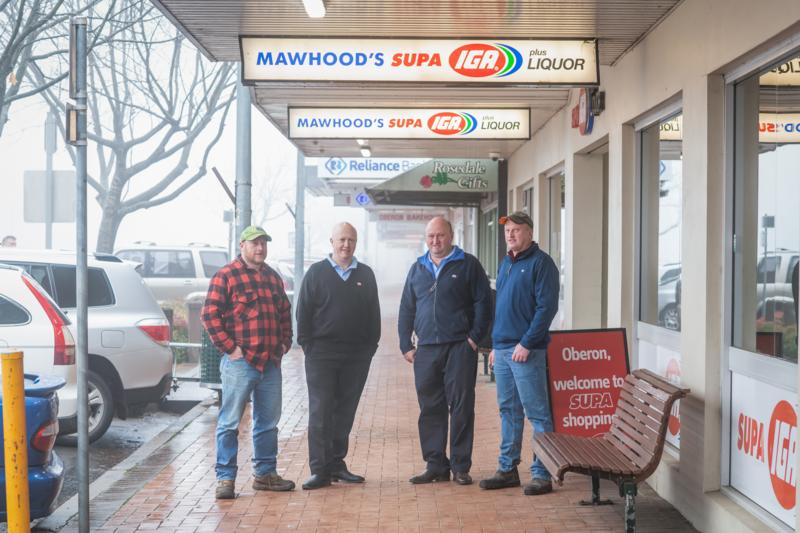
The four Mawhood business brothers – Glen, Ian, Warwick and Mark – outside their Supa IGA in Oberon.
The Mawhood brothers are also third-generation shopkeepers, and their Supa IGA at Oberon has been in the family for close to 100 years.
RELATED ARTICLES:
Secret to success: 160 years of farming with Booroomooka Beef
105 years of farming success in far-west NSW
As on the farm, operations have expanded since the Mawhood brothers assumed the reins. In 2016 they bought the Grenfell IGA, and 12 months after that the Cootamundra IGA joined their stable of shops.
Brothers Warwick and Ian run the supermarket side of the business, with Warwick’s accountancy skills a boon for the financial part of the operation.
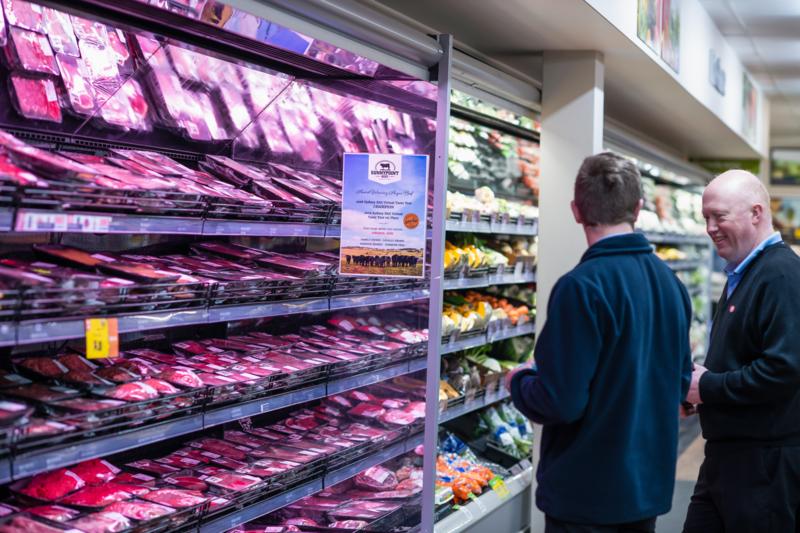 Ian and staff check the display of the family’s beef brand on sale in the supermarket.
Ian and staff check the display of the family’s beef brand on sale in the supermarket.
Supplying their own beef means the Mawhoods can offer customers a consistent product and they can tell them exactly where that product came from.
RELATED: Inside Australia’s concentrated supermarket sector
“The paddock-to-plate concept is growing,” says Ian. “We have full traceability of what the cattle have been fed for their lifetime, we know the quality and we are able to share that information with the consumer. The consumer wants to be able to see it is a clean, natural product.”
“NSW Farmers gets you access to ministers”
The Mawhood brothers’ mother, Barbara, originally joined NSW Farmers many years ago to bag a bargain.
“They had a partnership with Holden when Mum originally joined and the discount on the ute was worth more than the membership – she’s been a member ever since,” says Mark.
That laid the foundation for both Mark and Glen to become members, with Mark also the secretary/treasurer of the Oberon branch for the past two years. He says lack of support had meant the branch was either going to close or amalgamate with another area, so he put his hand up to help ensure it continued.
“We [local farmers] work in different areas, so we have different issues – but we can still work together on a lot of things and I thought it would be better if we had our own voice,” he says.
“NSW Farmers gets you access to ministers and different things you couldn’t do on an individual level, and your voice is bigger being in a group rather than on your own.
“As a group, we have achieved a few good things for local farmers, running drought meetings and pushing for a rural financial counsellor for the area.”